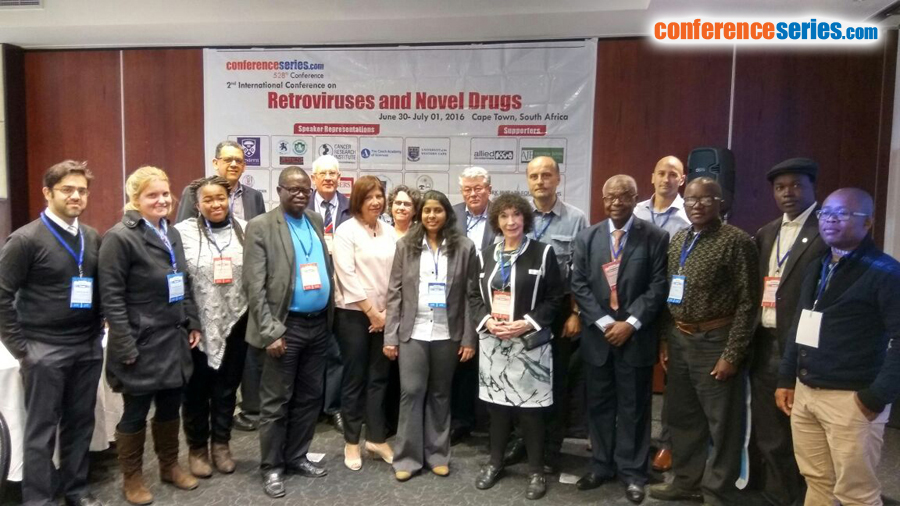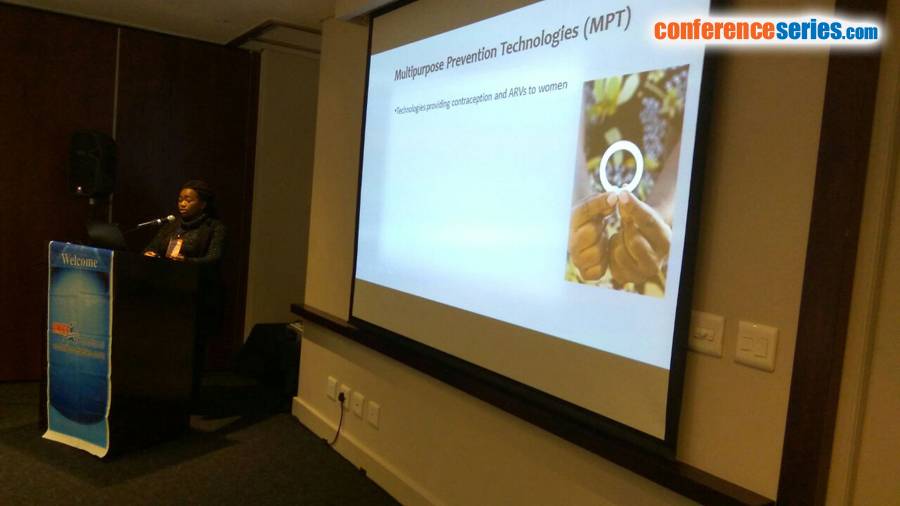
Joan Smith Sonneborn
University of Wyoming, USA
Title: HIV Drug Reservoirs: Energetic and Mitochondrial Manipulators in Other Organisms and Diseases
Biography
Biography: Joan Smith Sonneborn
Abstract
Mimetic triggers used by sharks, bacteria, frogs, bears, and mole rats to endure extreme environmental stress offer resistance drugs for HIV. Since HIV pathology shares the inability to cope with stresses of excess ROS production, inflammation, energy depletion, insulin resistance and glucose dysfunction, all markers of cancer, Alzheimers disease, neurological diseases, diabetes, wound healing, and ischemic shock, drugs that intervene in these divergent diseases are candidates for HIV intervention. Recent paradigm shifts show that both glucose and mitochondria are central dictators of cell survival, revealing new target priorities and drugs, already in use, with promise for HIV drug therapy. Specifically, studies by others show that the anti-diabetic drug, liraglutide, maintains glucose homeostasis, shows anti-apoptotic, anti-inflammatory, anti-oxidant and neuroprotective effects against diabetes, stroke and Alzheimer disease (AD) with anti-HIV potential. Since mitochondria regulate innate and adaptive immunity, mitochondrial damage is catastrophic for HIV resistance. The drug SS-31 (Bendavia) shows mitochondrial membrane protection, as well as mitochondrial targeted antioxidants MitQ, and MCAT, show multiple disease benefits and HIV drug potential. Targeted TERT therapy, overexpression in cancer, and HIV infected cells, suggests using TERT inhibition by cancer drugs for infected cells, and TERT enhancement by drugs used in neurological diseases for by stander cells. Whole body HIV resistance agents include Nrf2, neuregulin, temperature shock stabilizers, acetyl-carnitine, and lipoic acid. Mitochondrial toxicity agents, viral Vpr, IL-1β, caspase 1, envelope protein, can be retarded by siRNA, miRNA, or the monoclonal antibody used in cryopyrin-syndromes against IL-1β). Anti-inflammatory hepatitis drug, Glycyrrhizate (licorice), represents an HIV candidate drug.



